Next to Tom Clancy’s Splinter Cell, the Thief series is easily one of the best-known video game franchises in the stealth genre. The individual titles in the Thief series innovatively combined elements of tradition, mysticism, and modernity to conjure up a unique, immersive world where the player could become the master thief Garret and accompany him on his forays out into the night.
The stealth adventure was put on an indefinite hiatus after the release of Thief: Deadly Shadows in 2004, leaving the fan base eager for the next installment of this fascinating series. Now, just a little less than ten years later Eidos and Square Enix are reviving the franchise in a bold attempt to not only bring back the kind of experience the Thief series is known for, but to take that experience up a level and into the next generation of games. That’s a pretty ambitious task, and this review will look at just how well they’ve been able to do it.
And so, it came to pass …
… that a certain master thief by the name of Garret was going about his nightly task of helping the city’s more respectable folks live up to the Biblical precept that “It is more blessed to give than to receive.” There’s a noise. Something’s wrong. Suddenly, Erin, the master thief’s erstwhile apprentice, appears on the scene. And from right there the player is taken on a journey deep into the world of the Thief series. As is usually the case, the game begins with a prologue that acts as a tutorial to show the player how the game works. The prologue also provides a clever introduction to the underlying storyline, introducing the features of the Thief world to players previously unacquainted with the series.
High above the rooftops of “the city” (like in other Thief games, the player never does find out its actual name), Garret learns how to sneak, jump, and sprint, but also how to pick locks, use his weapons, detect traps, and how to deal with unwary guards. The player is deftly guided to the prologue’s climax, a bizarre ceremony at Northcrest Manor, which ends in disaster with no little assistance from Garret and Erin.
The first few minutes of Thief really bring to mind the previous installments in the series. This is intentional, of course, but it also makes it hard not to compare the game directly with its predecessors. Square Enix and Eidos always talked about rebooting the series, and never about making a sequel. It’s quite a balancing act – trying to recover the feel of the older games on the one hand, while at the same time trying to live up to expectations for a next-gen game on the other, as gaming conventions are like everything else in life are subject to the fashions of the times, like everything else in life.
Thief begins to diverge from its predecessors, though, right in the first chapter of the adventure. In the past, Garret was the disgruntled outcast, but in this game it’s never quite clear why the master thief is a solitary hermit. In search of lost time ever since the tragic incident at Northcrest Manor, Garret sets out to learn the secrets of what happened during this time. He ends up meeting Basso, his fence who also provides him with his contracts, a character brought over from the old series. Garret gets his jobs from him, along with the missions that bring about the next chapter in the main storyline.
It’s worth noting here that the developers have, in the spirit of the old Thief games, established “the city” as a neutral area where the master thief can prowl about at will without messing up the main quest or side quests. Unfortunately, they haven’t quite delivered on the open world they promised. On his forays about town, Garret often has to squeeze through narrow passages or pry open windows. The accompanying animation sequences are used to hide loading sequences for new maps. In and of itself, this wouldn’t be so bad, being a tried and true technique in game development, if it just wasn’t so obvious. On top of that, it goes against the open-world-type atmosphere they promised, where everything is integrated with everything else.
The master thief completes jobs and story-related missions on secondary maps outside of the central city. This is another place where the player is soon going to be wishing there was some kind of fast-travel system. In one form or another, these are integrated into many games, allowing the player to get to the scene of the action right away. Not in Thief, unfortunately. For every quest in the main storyline and for every side job, Garret has to plod through the middle of town, with all its loading screens. At the beginning it’s good practice, allowing the player to get more familiar with the mechanics of sneaking, walking, and sprinting, but in the course of the game it becomes a somewhat annoying task.
One more thing about dividing the city center between a neutral map and maps for the main quest and side jobs – while this system is familiar from the older games in the Thief series, I’m afraid that in this case the developers have allowed this to thin out the story’s dense atmosphere. Of course it’s nice that the player can decide whether he’s going to go off on his own and do jobs or whether he’s going to continue with the main quest. But this waters down the underlying storyline and can make Thief seem a bit shallow, without any real depth. A better approach here might have been to incorporate the side quests into the main narrative.
On the other hand, there is one innovative new feature in particular that deserves a lot of credit – one that gives the player more “power” over the difficulty level. Thief, like other games, comes with a set of predefined difficulty levels, but these can be customized according to the player’s own preferences. So, for example, the player can decide if he wants to turn off all the upgrades that improve Garret’s skills, whether he’ll only be able to save at predetermined points, or whether a mission will be an automatic failure if he’s discovered by a guard. Using multipliers and predetermined point values, Thief is out to secure a ranking on par with the best of the best.
In addition, Thief is very well optimized for controllers. For games that are so thoroughly built around sneaking around and not making noise, movement controls are an especially decisive factor. It’s obvious that a lot of work was put into this – the analog sticks are easy to use and allow for a high degree of sensitivity in controlling Garret’s delicate movements. With the whimsically light and fluid hand movements of a musician, the master thief creeps over glass or sneaks through water in absolute silence, and in other situations sprints from one place of cover to the next.
Graphics
For the graphics in Thief, one word does the job, and that word is “magnificent.” Even with the test computer’s somewhat outdated DirectX 10 graphics card, it only took some minor adjustments to the settings to see some really impressive imagery come to life on the monitor. The game excellently manages to underscore the dark, gloomy atmosphere of the story with vivid and striking images. Just as much attention has been placed on the animation as on the actual graphical effects. Here an eerie mist wafts through a dark alley, there a guard callously introduces one of the townsfolk to his Maker as if it were all just part of a day’s work.
It is by no means an easy task to make the many shades of black that naturally predominate when sneaking in the shadows come across as attractive and not monotonous, but the game actually manages to do this. The developers have done a great job of replicating the unique style of the Thief series, which consists of a mix of medieval mysticism combined with elements of the Industrial Revolution. I should also point out that especially on side missions, one never gets the impression that the developers tried to save time using copy & paste.
A lot of attention was dedicated to the portrayal of the environment, as well. This is understandable for a game that relies heavily on players being able to interact with and become part of the world it presents. The different kinds of surfaces you can walk on are clearly discernible by their texture, so from the outset you know whether you’re going to be making a bit more noise, or whether you can sneak about “carefree.” There’s also a wide range of creative places you can clearly hide, and these are well-designed and always interesting. The only thing that’s a bit off is the light/shadow distinction – in some situations it’s a bit difficult for the player to tell when he’s in the light and clearly visible or whether he’s safely hidden in the shadows.
Sound
The developers definitely put a lot of effort and a lot of love into the sound features of Thief, as well. The game’s soundtrack does loop, like in many other games. This often arouses criticism, as it can get a bit annoying after a while, but it’s obvious that more effort put into these short sequences than is normally the case. There’s a diverse range of background pieces played in various situations, and these really contribute to the game’s overall mood.
But much more important than the music are the sound effects, and in this case, Thief awaits players with a whole arsenal full of them. The diversity of sounds made by Garret stepping on different kinds of ground and at different speeds is impressive in its own right, not to mention absolutely necessary for his survival. These sounds provide the player with direct acoustic feedback as to how easily the character might be discovered in various situations. There’s also a huge variety of ambient background noises. The patter of rain or the crash of thunder makes it harder for the master thief to sound out his surroundings for possible dangers. Guards and other enemies can also be heard having conversations or talking out loud, letting the player know if there’s danger lurking around the corner.
The voice recordings in the game are also well done. Several different actors with thoroughly distinctive voices add life to the individual character models. While conversations, at least in Garret’s case, are relatively uncommon in the game, he’s always uttering witty comments or whispering hints. When there are longer conversations, usually in cut-scenes, Thief offers the same cynical sarcasm familiar from the other games in the series.





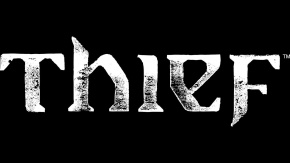






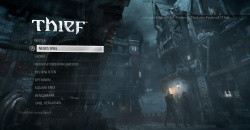
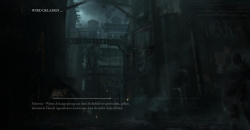



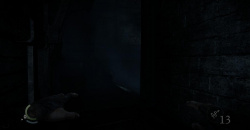
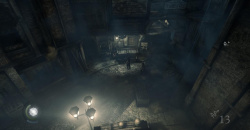
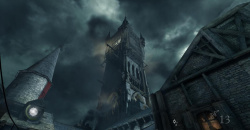
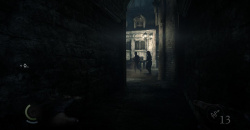
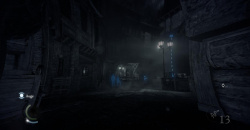

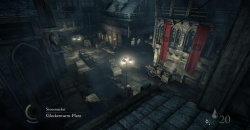
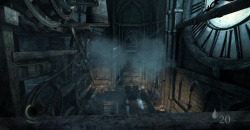

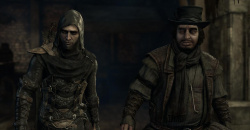
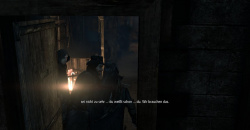
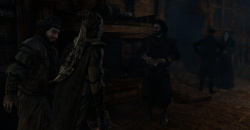
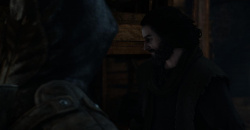
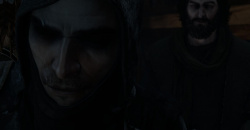
how do i get a key?
send key to me pls
Send me a key
plz send me key
send me a key @
:o ohh yeah!! key? :3
can I plz have a key for pc or ps4
Can i ask you to please give me a keey? :D
Give someone a key, please
I need this game!!!!Give me a key!!!!!
key pls if possible
Thief key please:
plz send me a key to this email :
fafsfa
Please send me a steam code please!
Please! Please!
buen juego! interesante historia!
аывп
Good Game))